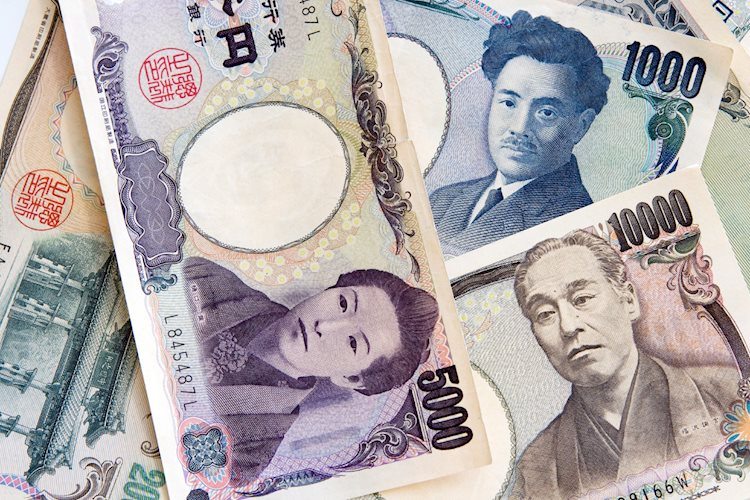On Wednesday, July 31, investors are preparing for a busy day after a volatile Asian session that included inflation data from Australia and the Bank of Japan’s (BoJ) policy decisions. The Harmonized Index of Consumer Prices (HICP) data for July is a key focus in the European economic docket, along with the ADP Employment Change data from the US. Additionally, market participants are eagerly awaiting the Federal Reserve’s (Fed) monetary policy announcements.
The BoJ surprised markets by raising its policy rate by 15 basis points to the range of 0.15%-0.25% and tapering Japanese government bond (JGB) buying to JPY3 trillion per month starting in the first quarter of 2026. Following this decision, USD/JPY saw a sharp rise towards 154.00 before settling slightly above 152.50. The Japanese Yen performed weakly against the New Zealand Dollar based on the percentage change data of major currencies this week.
During the Asian trading hours, Australian data showed that the Consumer Price Index (CPI) rose 1% in the second quarter, with a 3.8% increase on a yearly basis. Meanwhile, Retail Sales in Australia exceeded market expectations, leading to bearish pressure on the AUD/USD pair, which traded close to its lowest level since early May. In China, NBS Manufacturing PMI arrived at 49.4 in July, while NBS-Non Manufacturing PMI edged slightly lower to 50.2 from 50.5 in June.
The Federal Reserve is expected to maintain its policy settings following the July policy meeting. Investors will closely analyze any changes in the policy statement and Fed Chairman Jerome Powell’s comments to determine future rate cuts. The US Dollar Index fluctuates below 104.50, while 10-year US Treasury bond yields remain steady at around 4.15%. US stock index futures trade positively, with S&P 500 Futures and Nasdaq Futures registering gains.
EUR/USD faced losses for the second consecutive day, trading near 1.0820 in the European morning on Wednesday. GBP/USD struggled to recover, remaining in a consolidation phase around 1.2830 early Wednesday. Gold turned bullish in the American session on Tuesday, closing above $2,400 and edging towards $2,420 on Wednesday.
The Federal Reserve shapes monetary policy in the US, focusing on achieving price stability and fostering full employment. Interest rates are adjusted to control inflation and borrowing costs. The Fed holds eight policy meetings a year, where the Federal Open Market Committee (FOMC) assesses economic conditions and makes monetary policy decisions. In extreme situations, the Fed may resort to Quantitative Easing (QE) to increase credit flow in the financial system. Quantitative Tightening (QT) is the reverse process of QE and typically strengthens the US Dollar.











